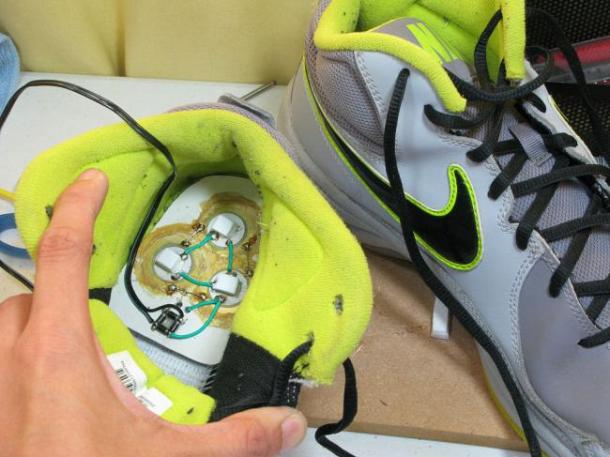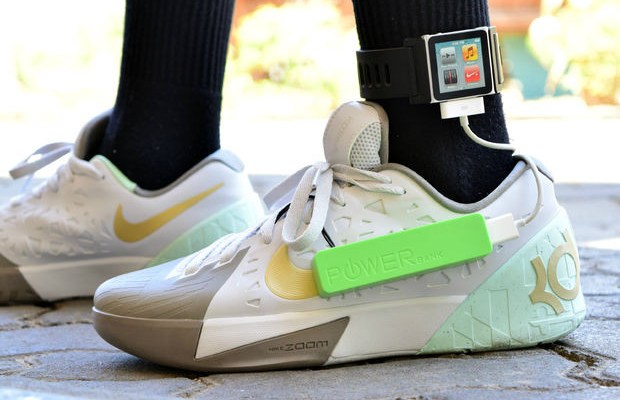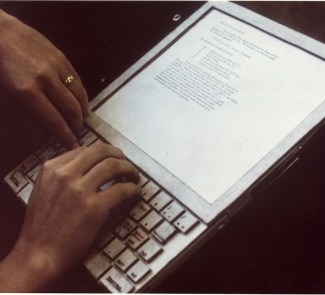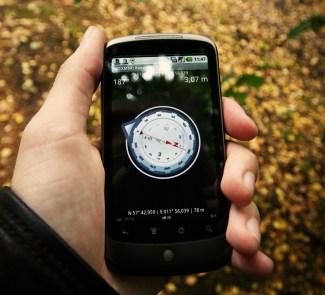This innovative system for generating low-cost power could help solve the problems of access to energy in the most depressed areas of the Philippines.
The need to keep our devices charged at all times is leading to all sorts of interesting solutions. Many of these have already been covered in the blog, but today we’re going to talk about the power-generating insoles developed by a 15-year-old Filipino. This innovative system for generating our own power while we walk was presented by the student at the 2014 Science Fair organised by Google.
The system uses the pressure exerted by the heel on the electronic device integrated into the insole, to generate more or less energy depending on how much we move. Based on the tests run by the student, this piezoelectric insole generated 27.89 volts –11 mA– per insole, while running. In other words, double the 18.53 volts –5 mA– generated by walking
How does the piezoelectric insole for charging gadgets work?
This piezoelectric insole is based on technology that generates electricity from mechanical energy. Basically, it works by subjecting special crystals stored in a capsule to a cycle of mechanical stresses. The pressure exerted on them electrically polarises their mass, generating a difference in potential that results in the appearance of electrical charges on their surface.

Using this process, the steps, jumps, or strides of people can be converted into electrical energy, which can then be stored for different uses. In this case, the energy that is generated is stored in an external device that is stuck to the shoe, where you can plug in any of your gadgets to recharge them.
This system of generating energy by pressure is perfect for keeping your smartphone or mp3 player charged while you are jogging. It could even be combined with a system of LEDs integrated into the training shoe to make you more visible while running at night.
But this invention is part of a research project to propose alternatives to solve the problem of access to low-cost power in many depressed areas of the Philippines and, if it is ultimately marketed, this invention could provide a way to obtain functional and affordable power that could be extended to other underdeveloped countries with problems accessing power.
Images | instructables







